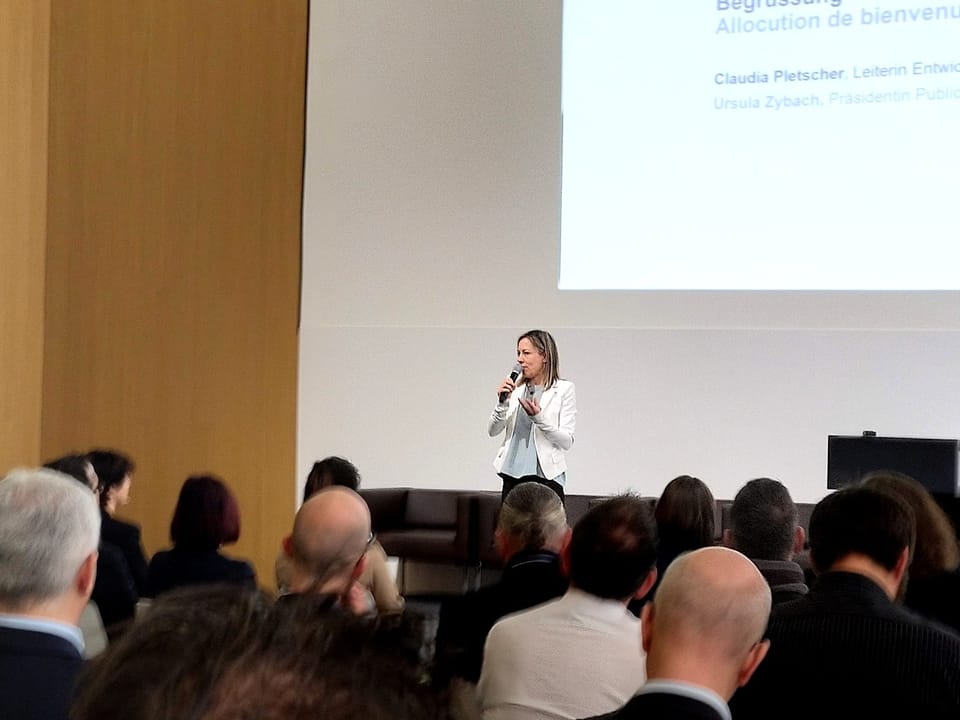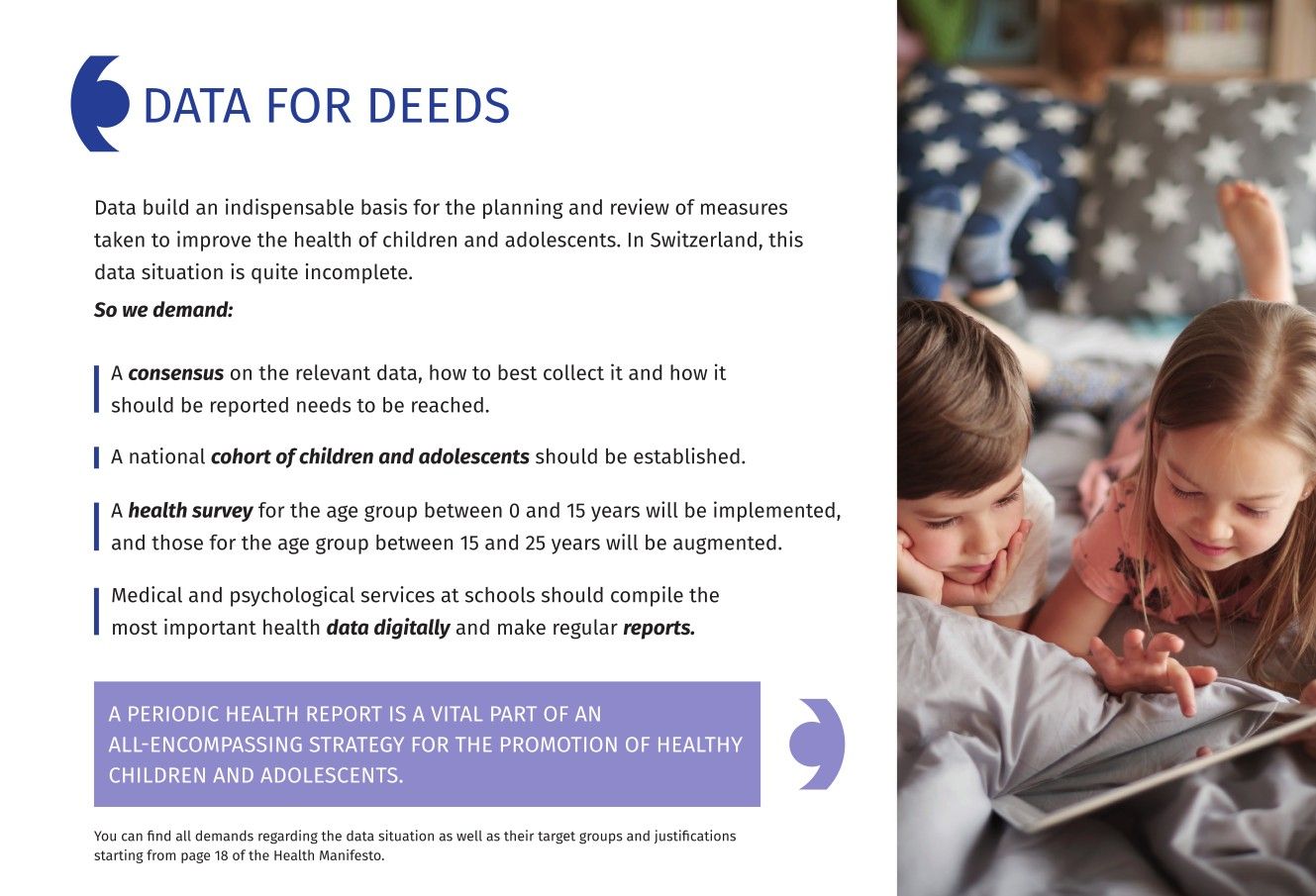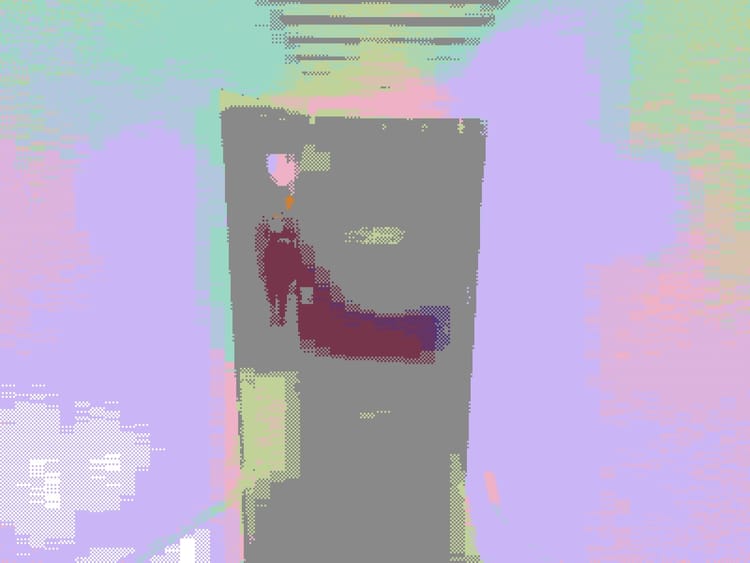060 #privacy #publichealth

I will respect the privacy of my patients, for their problems are not disclosed to me that the world may know.
-- Excerpt from the Hippocratic Oath: Modern Version
Most doctors, the majority of clinical offices, certainly all modern hospitals, use electronic registers to track patients - with various degrees of sophistication in transferring information between users and departments. It's nearly 2020 and yet "we the people" are still used to carrying slips of paper from doctor to doctor to pharmacy, getting vaccines with a little book in hand, grumblingly repeating procedures to collect vital signs, waiting patiently for basic information about our personal condition to circulate through a very low-bandwidth network at every stop on the road to healing. The 2018 Vox article "Why American medicine still runs on fax machines", gets right to the point:
It turns out there are strong economic incentives for doctors to keep patient information to themselves — and even stronger incentives for electronic medical records not to play nicely with each other. While patients might want one hospital to exchange information with another hospital, those institutions have little incentive to do so. A shared medical record, after all, makes it easier to see a different doctor. A walled garden — where records only get traded within one hospital system — can encourage patients to stick with those providers.
<sarcasm>Yay to the fax!</sarcasm> At the outskirts of the garden, the grumbling is getting louder, as we see the gap widen between personalized health for those who can afford it, and disconnected healthcare for the rest of us. Incomparability between providers in an increasingly diversified and interconnected medical market, the lack of transparency and inequality for even simple services - such as being reminded about your appointment, or easily renewing a prescription.
The question is: how do we, the citizenry, get ready for an "Internet of Health" in the age of uncertain working conditions, unprotected servers and identity theft? The responses from government seem to revolve around the urgent need to implement an electronic health record (EHR), and modernize all the things.
As 2019 draws to a close, we are a couple months away from the EHR (known locally and further down referred to as EPD, from Elektronische Patientendossier in German) laws in Switzerland coming into force, after over a decade of study and preparation, to ensure that hospitals allow all patients the option to store, transfer and maintain patient's records in a nationally standardized way.
Considered one of the most ambitious and laboriously discussed IT projects of all time, it was the main topic of the introduction to the 5th Public Health Symposium on EPD at the headquarters of the Swiss Post on Monday. In focus: the well known ghost of every IT project: compatibility, the drive to integrate systems across all levels of government and the marketplace. Luckily, we seem to be in a country where political support and practical resources do not seem to be in short supply. What is the role of the advocates of the citizen's and practitioner's right to public health?
Opening of the 5th @publichealth_ch Symposium on the Electronic Patient Record with a note on the personal side of medical information by @UrsulaZybach #patientendossier #EPD pic.twitter.com/TEn720Qxdq
— Oleg Lavrovsky (@loleg) December 9, 2019
The association's president Ursula Zybach opened the Symposium on a personal note, the story of her 98 year old father, his recovery from a fall beset by inconsistent communications, and even spelling mistakes in crucial prescriptions, on return from a hospital visit. Claudia Pletscher, innovation chief presenting today on behalf of our hosts the Swiss Post, focused on the responsibilities of a large company, invoking the digital transformation of business correspondence in every industry affecting the foundations of what the postal service is really about, as the largest operator of logistics in the country. She underlined how critical information is to a functioning society. More of her perspectives are in a Netzwoche interview.
Corina Wirth, who runs the organizing association's executive, posited a provocative question: if the Swiss built the Gotthard Tunnel, the ETH/EPFs, recently won the Nobel Prize in physics, and have fabulous hospitals with outstanding infrastructure, why not be among the first to connect the citizenry on a common digital health platform?
For a successful citizen-close #EPD a wide range of organizations working with patient communities is central, as the recent @eHealthSuisse whitepaper explains https://t.co/EDrMwYZ8K1 #Patientendossier pic.twitter.com/wnrlldilSB
— Oleg Lavrovsky (@loleg) December 9, 2019
Annatina Foppa, scientist at eHealth Suisse, described how the system of 10 principal communities (Stammgemeinschaften, specially created legal bodies certified to introduce the EPD in Switzerland) is advancing since their creation in 2017. The "people factor" which drives adoption was exemplified in results from Geneva, which experienced a large (hockey stick..) increase in registrations. Most of them (~ 44%) are children aged 0-15, explained by how strongly the process is built into pediatric care, making it easy for parents to add and manage their kids' data. eHealth Suisse has recommended 35 steps for a citizen-close EPD in the recently published whitepaper. What the SIX Group is for finance platforms in Switzerland, she suggests we need for health: so that patient data can be exchanged when it is needed, away with a click.
Dr. med. Yvonne Gilli, board member at the Professional Association of Swiss Doctors (FMH), delivered possibly the most insightful, arguably the most entertaining talk of the day. The gist of it was, that a heads on approach (tackling the bull by the horns, as you might hear it said in Canada), is unlikely to lead to successful outcomes. For example, from the Estonian system we can learn alot from a "common record" approach, where open nodes are used instead of parallel systems, backed by a ubiquitous government-run digital identity service. This approach evolved organically, not only because of political strategy.
We can't directly compare the Swiss and Estonian system, but we can learn something from their system of open nodes and common e-Health records. This and many other insights to getting #EPD right for users from @doctorfmh @publichealth_ch pic.twitter.com/2WcaVYrN4A
— Oleg Lavrovsky (@loleg) December 9, 2019
This way, patients can get the most important information from several sources - which in Switzerland is backed up (though perhaps still lacking in widespread understanding) through the exchange formats set by the IPAG governance group for EPD. The need for connections to simple, practical uses was intoned again by Muriel Brinkrolf from the Federation of Swiss Psychologists, would like to see tools like their Psy-Suche, "the online directory with more than 150,000 search queries annually, and discounts on conference fees" integrated to support EPD rollout.

In the breaks, I exchanged with other participants, some of whom were working in administrations or research, a few were also independent consultants. We recalled the Public Health conference in Winterthur earlier this year, where the Manifesto (pictured above: a page from its English brochure) was launched for child and youth health. It prominently included digital health literacy and national consensus on relevant data. We discussed urban health as a common interest, and wondered if there is a cohort (longer term clinical trial) being followed in Switzerland already on these topics.
Adrian Schmid, head of the eHealth Suisse project, talked about the federal political strategy Gesundheit2020 with focus areas in technological and digital transformation, the EPD a prominent goal. He suggested we were about 85% on course, and in that number there is evidence of a strong response to the political will.
In the panel that followed, capably moderated by Tania Weng-Bornholt, we had a chance to hear updates and statements from seven people (all male, as Ms. Weng-Bornholt was good to point out), representing the pioneering EPD implementations. Here are my quick notes, not to be taken as as quotes or at face value, with links to the origin so you can check for facts at the source:
- The largest, XAD / axsana AG (Samuel Eglin) is building an ecosystem for 5 million residents with massive potential, over 300 service providers. Health is, as they put it, both an individual and collective Good.
- From the French speaking part of Switzerland, CARA (Patrice Hof) talked about shared health, with the EPD as a tool for documenting treatments in real time to create a better sense of orientation for all involved. They described running a number of participative workshops to involve citizens in various levels of discussions and exchange with suppliers. In one illustrative story, they recounted a 75 year old citizen participant who helped the technician through a demo, having well understood nuances of the software.
- In Tessin (Giorgio Merlani) there is little collaboration with other cantons, and a somewhat different approach being taken - leveraging ehti.ch, a network of public health professionals that exists since 1999. Citizens are not aware enough of the instruments of communication, or the real possibilities ahead - so "it's our job to inform them".
- eHealth Südost (Richard Patt) takes the stance that treatment relevant data for EPD needs as much complete information as possible. Over 50% of their solution is technically highly integrated, "not just a portal" (which echoes the Estonia related remarks earlier). Financial support is available for local EPD related education and promotion. In Graubunden the multilingual issue is sharpened, as usual.
- Stammgemeinschaften Schweiz AG (Daniel Kurzen-Berger). The citizen must learn to work with data, building popular knowledge is critical to success. 3/4 of people allow their doctor (Hausarzt) to submit the data, while about 1/4 wants to manage it themselves online, in their experience. The convincing point would be to be able to simply obtain relevant information.
- AD Swiss Net (Christian Greuter) talked about the interprofessional aspect, how to improve the motivation in the population with a bottom-up instead of top-down approach. Empowering through Points of Contact/Care. SwissID is a key instrument here.
- Abilis / Ofac (David Voltz) has been working for over 55 years in B2B medical and saw the EPD law as an opportunity to approach B2C - the patient. Someone who one can track who might become a patient - cross sales - is expertise of the pharmacies. They've been using indirect digital communication channels since at least 2007, and this is directly linked to EPD work. When the standards are there, everyone will respect them, the basis of compatibility. Structured data is not FAX or PHONE calls! 8 pharmacy workers per day are graduating with information on how to get started at the moment. There are many algorithms used in pharmacies, and they are building them up bit by bit to leverage EPD integrations. Soignez Moi is an example of a digital product working well. Financially, trust is based on electronic identity (EID), and that is not free (as in beer). In fact, the speaker assured us it will provide a steady income to such projects.
Post scriptum
There is nothing makes a man suspect much, more than to know little... (Nichts macht den Menschen argwöhnischer, als wenig zu wissen.) -- Francis Bacon, Essays, Of Suspicion
With the quote above the Symposium was drawn to a close by the Public Health association. In today's presentations there was lots of talk of education, marketing, optimizing the user experience, though relatively little content on governance, management or research best practices, or funding topics. The focus of this Symposium was centred on political strategy, which seems to be the biggest hurdle of the months and years ahead. And in the end, we were not wholly convinced that the pioneering implementations will be ready to launch this April.
5. #symposium zum elektronischen #patientendossier
— Ursula Zybach (@UrsulaZybach) December 12, 2019
Enttäusches Fazit - beim Start des Patientendossiers am 1.4.2020 werden nur ganz wenige bereit sein!@publichealth_ch @postschweiz @BAG_OFSP_UFSP @HCISolutions_AG @hplus_bildung @pharma_suisse @spitexch pic.twitter.com/v2EBNg0fSi
The Internet hype around EPD / EMR is aptly summarized in the Meaningful Use Song by Margaret Polaneczky, shared with us today by the dynamic Dr. Gilli:
Listening to these talks, I thought back to 2016, when I sat almost in the same chair at one of the earlier events, with different ambitions and outlooks. At the time, I was involved with a startup app which aimed to leverage open standards for enhancing patient-doctor communications, ultimately pivoting into something else. Almost exactly 2 years ago, at the Symposium on digitization and data access covered here, we started a working group to help analyse public health data.
Eye-opening debate and presentations at the #EPD #Symposium thanks to #PublicHealthSchweiz pic.twitter.com/s65SE0Vg4f
— Synopses (@healsyn) December 6, 2016
Today it looks like this country has taken several decisive steps, and it has been a privilege to watch and learn from the sidelines of this huge data, technology, and social integration effort. For more reading, fun facts and dataviz, see the Computerworld.ch article So digital sind Schweizer Ärztinnen und Ärzte, enjoy some of the captivating science unlocked by electronic health records on PubMed, or check up for news at Public-Health.ch where new publications and future events will be posted.
Hope to see you in April 2020, EPD!
Did you know. There are nearly 300 hospitals in Switzerland, the median yearly income of free practicing doctors is around 250'000, and on salaries almost 200'000? The numbers in last year's study by the Federal Office of Health made clear that the profession remains golden - and the interest in servicing its IT needs correspondingly high. The fact alone that there is just such a huge market for software and support services, with every canton and region having a range of competing providers, explains why the drive for standardization is a huge prerogative ... and a massive ordeal.






 The works on this blog are licensed under a Creative Commons Attribution 4.0 International License
The works on this blog are licensed under a Creative Commons Attribution 4.0 International License